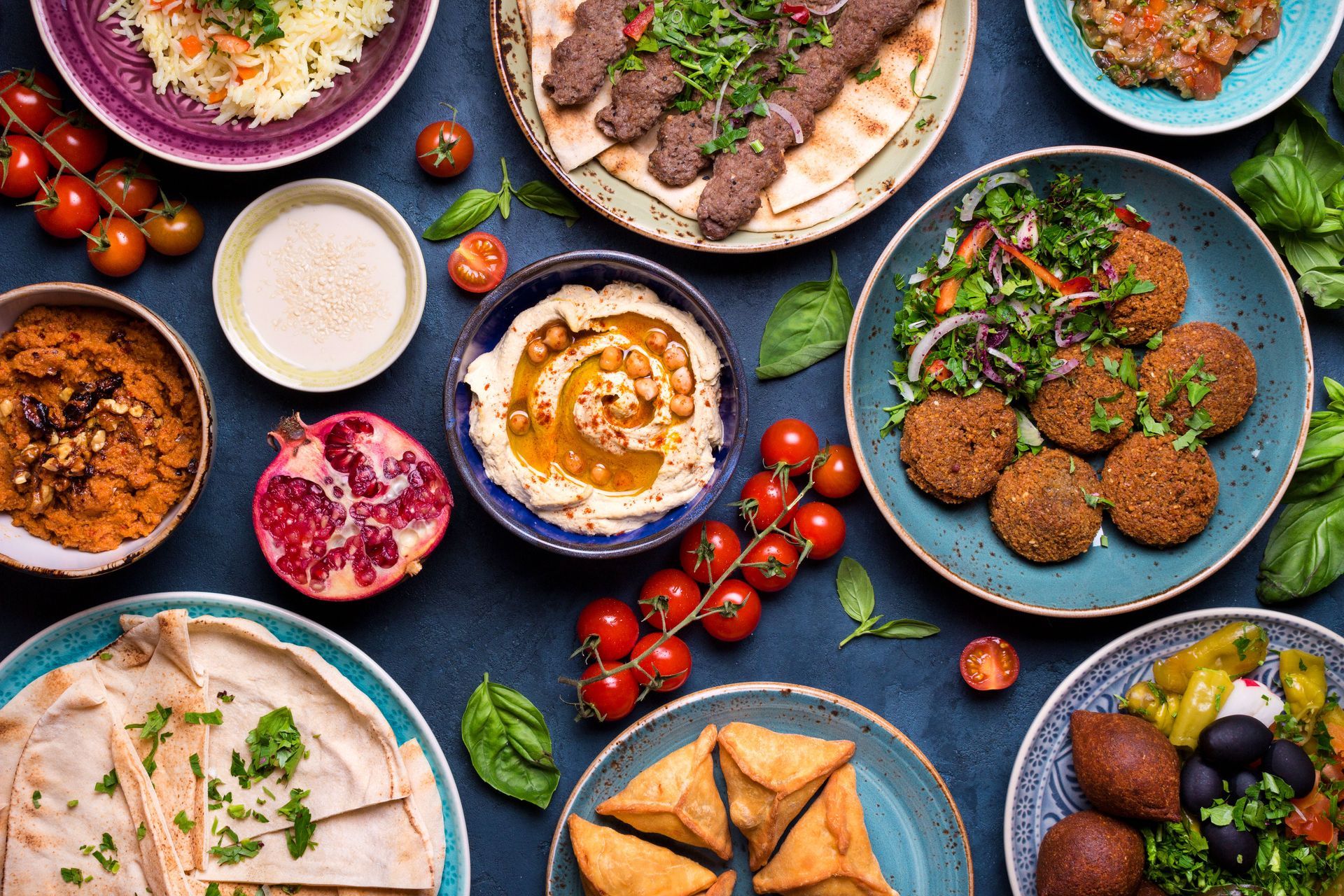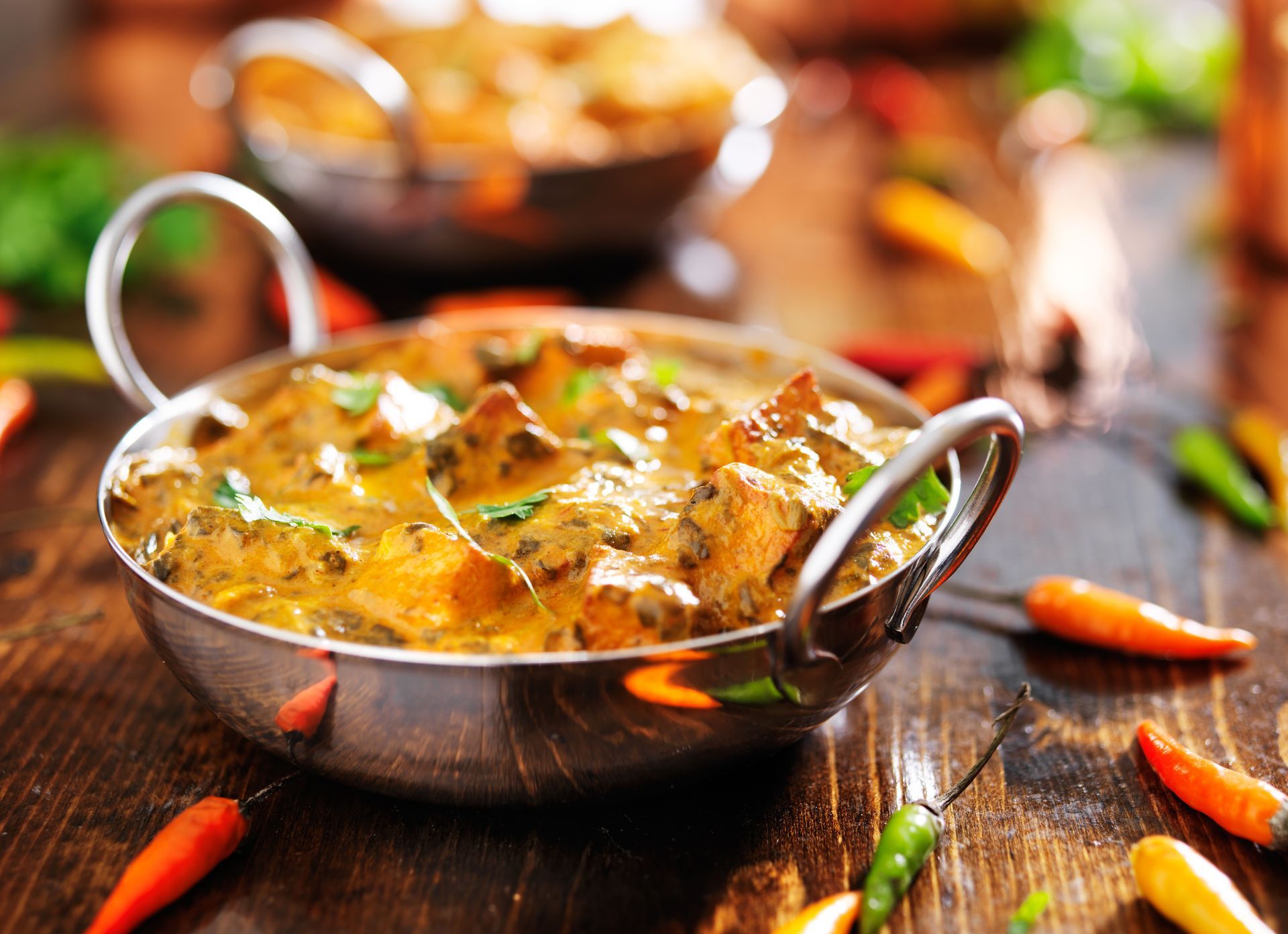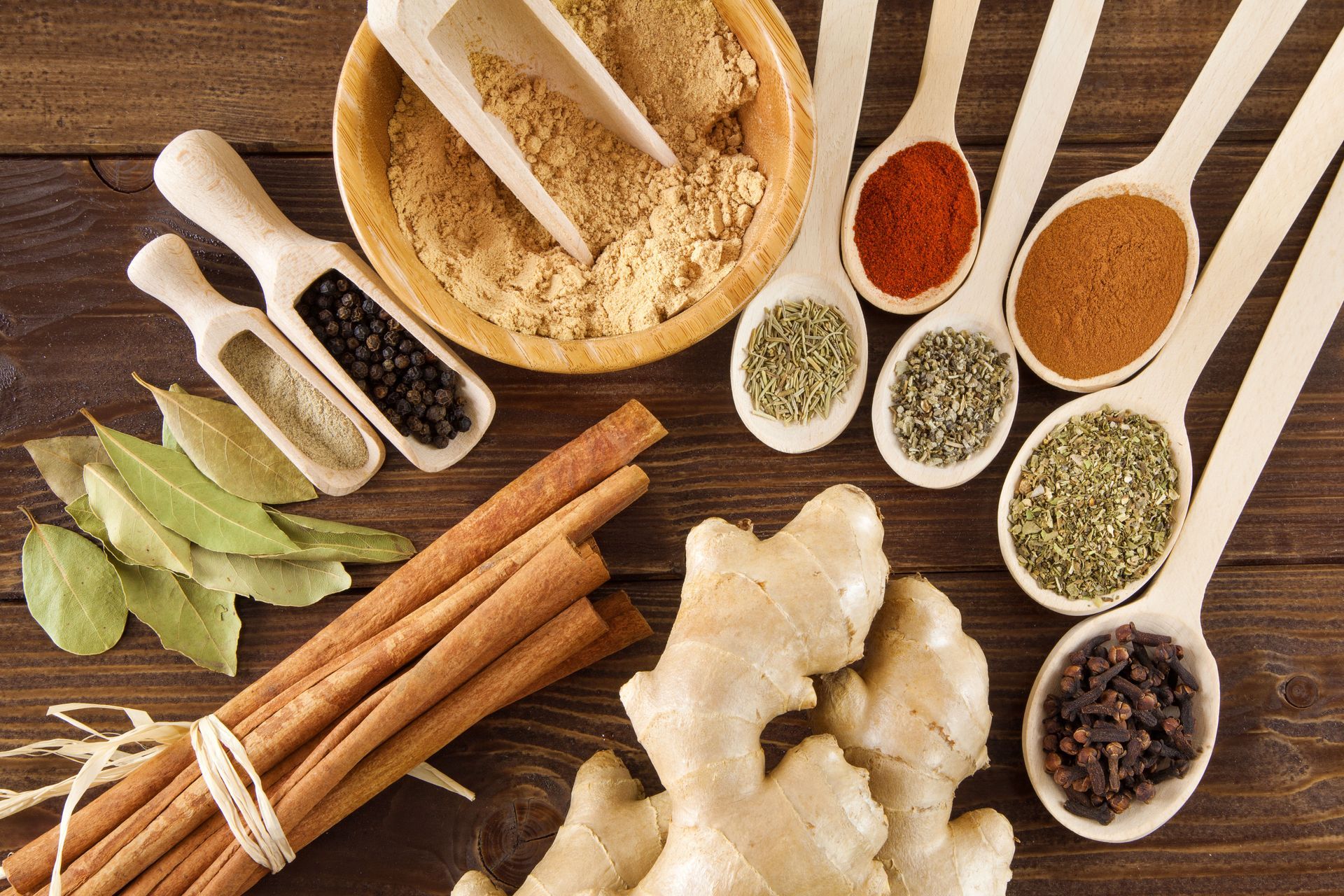The Incredible Diversity of Indian Cuisine
Indian cuisine is renowned for its incredible diversity, shaped by a long history, a wide range of ingredients, and culinary techniques that vary from region to region. From the bustling streets of Mumbai to the calm fields of Punjab, every dish tells a unique story—one that combines cultural history, spices, and cooking methods that make Indian food a culinary adventure. Whether you're enjoying Indian takeout or a lunch buffet, the flavors and ingredients blend to create unforgettable meals that cater to all tastes. This blog dives into the key reasons why Indian cuisine stands out, offering an array of flavors, textures, and experiences.
The Role of Spices in Defining Indian Cuisine
Indian cuisine is globally renowned for its bold, aromatic flavors, thanks to the extensive use of spices. Each dish is carefully crafted with a blend of spices, like cumin, coriander, turmeric, cardamom, and garam masala. These spices are integral to the food's flavor profile and contribute significantly to its color and fragrance. What sets Indian cuisine apart is its unparalleled use of spices, which brings both heat and depth to the dishes, offering a sensory experience that is unmatched. According to The Pew Research Center, India is the world's spice capital, producing over 70% of the world's spices, emphasizing the importance of these ingredients in Indian cooking.
The Influence of Ancient Indian Practices on Modern Cuisine
Indian food traces much of its philosophy to ancient culinary practices, particularly those from the Vedic period and Ayurvedic teachings. Vegetarianism, largely influenced by the principle of ahimsa (non-violence), remains a key feature in many Indian dishes. Ayurveda emphasizes a balanced diet to promote health, recommending specific foods for different body types and seasons. This ancient philosophy continues to shape Indian cuisine, with dishes often designed not only for taste but also to promote wellness. As Indian takeout has grown in popularity, these age-old practices continue to be reflected in everyday meals.
Street Food as a Flavorful Reflection of India's Culture
Indian street food is an integral part of the culinary landscape, offering a fast-paced yet flavorful approach to food. Street food in India is a celebration of bold flavors, textures, and spices. These dishes are often served in bustling streets and markets, where local vendors prepare fresh snacks for busy locals and tourists alike. Indian street food encapsulates the essence of India's diverse food culture—spicy, tangy, sweet, and savory, making it an experience you can't miss. Whether through Indian takeout or in a local eatery, these dishes provide a quick bite filled with flavor.
The Importance of Fresh Ingredients
In Indian cuisine, fresh, seasonal ingredients are key to delivering the best flavors. From fresh produce like tomatoes, cucumbers, and spinach to locally sourced meats and seafood, Indian cooking emphasizes the importance of using high-quality, fresh ingredients in its dishes. Herbs such as cilantro, mint, and curry leaves add a bright burst of flavor, while dairy products like yogurt and ghee provide richness to many recipes. Whether it's the vibrant vegetables used in a curry or the quality of the chicken in butter chicken, fresh ingredients are what make Indian cuisine stand out.
Techniques Passed Through Generations
Indian cuisine is not just about ingredients—it's about the techniques used to bring out the best in them. The art of slow cooking, or "dum" cooking, allows for flavors to meld together, resulting in rich, deep flavors. Tandoori cooking, where food is cooked in a clay oven, imparts a distinct smoky flavor to meats, breads, and vegetables. Each cooking method, from frying to steaming to grilling, adds a different layer of flavor, ensuring that every dish is a masterpiece in its own right. These techniques, passed down through generations, are central to creating the complex and nuanced flavors that Indian food is known for.
The Globalization of Indian Cuisine
Indian food's popularity is growing worldwide, with Indian restaurants now common in nearly every major city. Dishes like biryani, tikka masala, and samosas have become part of the global food scene. Indian takeout has grown exponentially, offering an easy and convenient way for people all over the world to enjoy the flavors of India. The diverse, vibrant, and bold flavors of Indian cuisine have become beloved staples in the culinary world, with chefs worldwide putting their spin on traditional dishes. This global expansion reflects the timeless appeal of Indian cuisine, which resonates with food lovers of all backgrounds.
The Role of Indian Desserts
Indian desserts are a celebration of sweetness, often offering a balance between savory and sugary elements. Indian sweets like gulab jamun and mango lassi are integral to the country's culinary identity. These desserts are not only enjoyed at the end of a meal but also during festivals and celebrations, where the intricate flavors and textures are shared among friends and family. The use of milk, sugar, and spices like cardamom, saffron, and rosewater brings depth to the sweetness, creating desserts that are as complex as they are delicious. Many of these sweets have found their way into Indian takeout menus, offering a sweet finish to a flavorful meal.
The Fusion of Indian and Global Flavors
As Indian cuisine becomes increasingly popular worldwide, there has been a delightful fusion of traditional Indian ingredients with international culinary trends. Chefs are creatively combining Indian spices with global ingredients to create unique fusion dishes. These innovative dishes bring a fresh take on classic Indian flavors, providing a new experience for food lovers.
Indian Cuisine's Vegetarian and Vegan Delights
One of the most notable aspects of Indian cuisine is its incredible variety of vegetarian and vegan dishes. India has a long history of vegetarianism, influenced by religious and philosophical traditions such as Hinduism, Jainism, and Buddhism. The diverse use of legumes, vegetables, and grains such as lentils, chickpeas, and rice makes vegetarian meals filling and satisfying. Vegan dishes are also common, often using plant-based ingredients like coconut, tofu, and fresh produce.
The Significance of Indian Food in Celebrations
Indian cuisine plays a central role in festivals and celebrations, where food is a medium for social gatherings and a way to show respect to guests. Whether it's the elaborate feasts of Diwali, the sweet offerings of Holi, or the special biryanis prepared for Eid, Indian food brings people together in celebration. Festive foods are often rich in flavor, made with special ingredients that are only used during holidays or events. These dishes hold deep cultural significance, and many have passed down through generations. Today, you can experience these festive flavors through Indian takeout, bringing a piece of Indian culture and tradition to your home during any time of the year.
Indian cuisine is a rich and diverse tapestry of flavors, colors, and textures that reflect the country's history, culture, and regional differences. Whether you're enjoying a quick Indian takeout meal or exploring the street food culture in India, each dish offers a unique experience. From the ancient influences of Ayurveda and vegetarianism to the modern adaptations of fusion cuisine, Indian food continues to captivate the taste buds of people worldwide. With its bold spices, diverse ingredients, and time-honored techniques, Indian takeout stands as a true treasure, offering endless opportunities for discovery and delight. For an unforgettable culinary experience, visit or order from Moon India Restaurant today!






Share On: